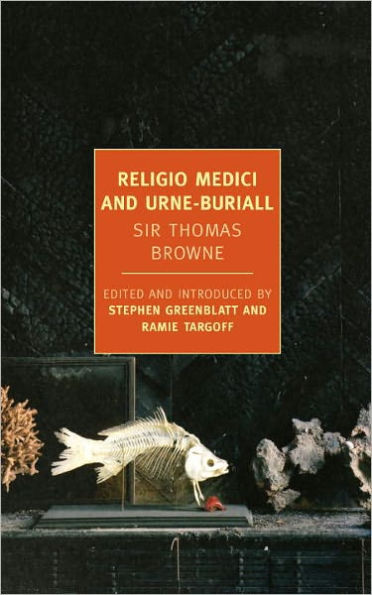5
1

Religio Medici and Urne-Buriall
224
Religio Medici and Urne-Buriall
224Related collections and offers
10.99
In Stock

Product Details
| ISBN-13: | 9781590175033 |
|---|---|
| Publisher: | New York Review Books |
| Publication date: | 08/07/2012 |
| Series: | NYRB Classics Series |
| Sold by: | Penguin Random House Publisher Services |
| Format: | eBook |
| Pages: | 224 |
| File size: | 908 KB |
About the Author
From the B&N Reads Blog
